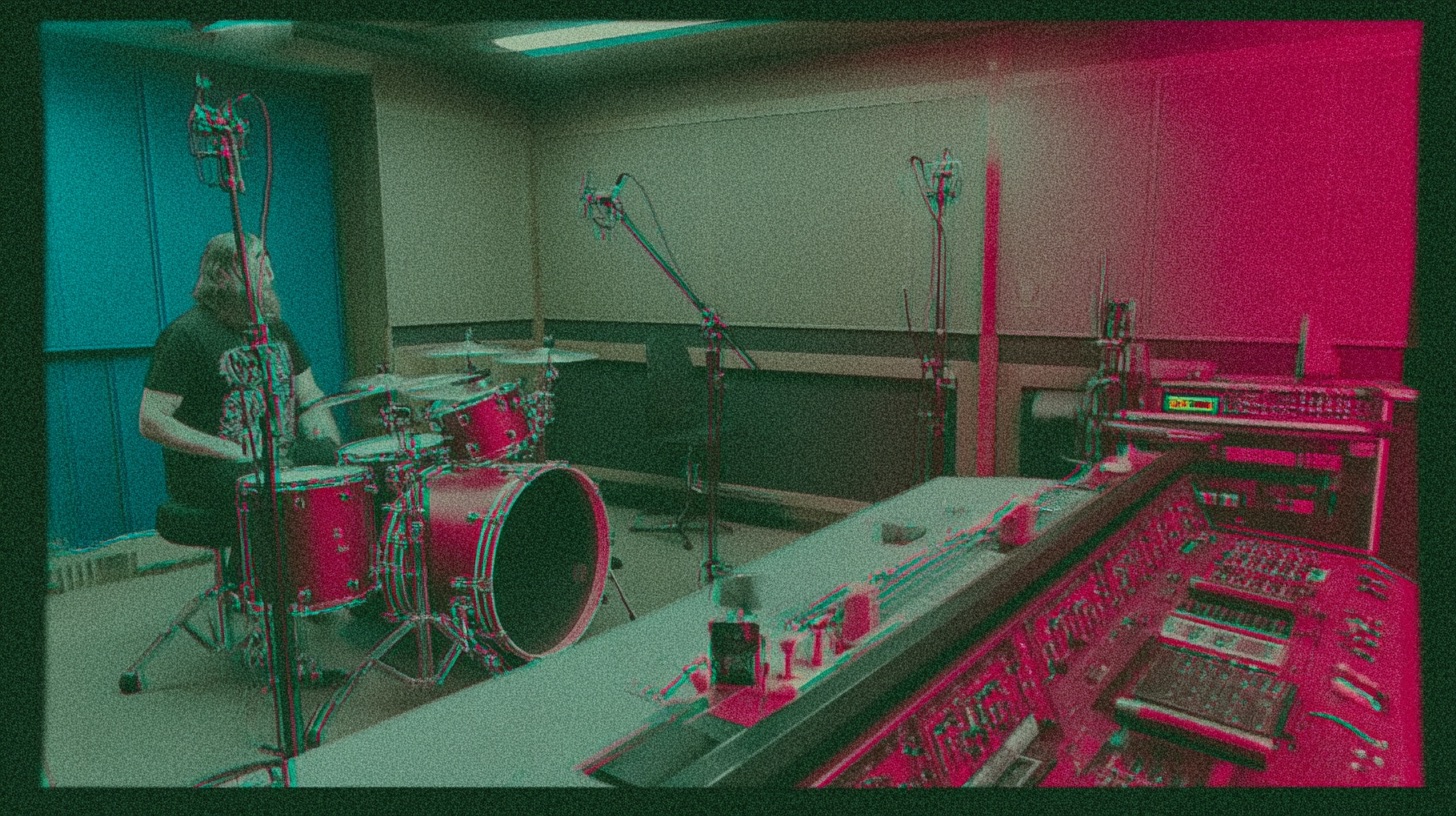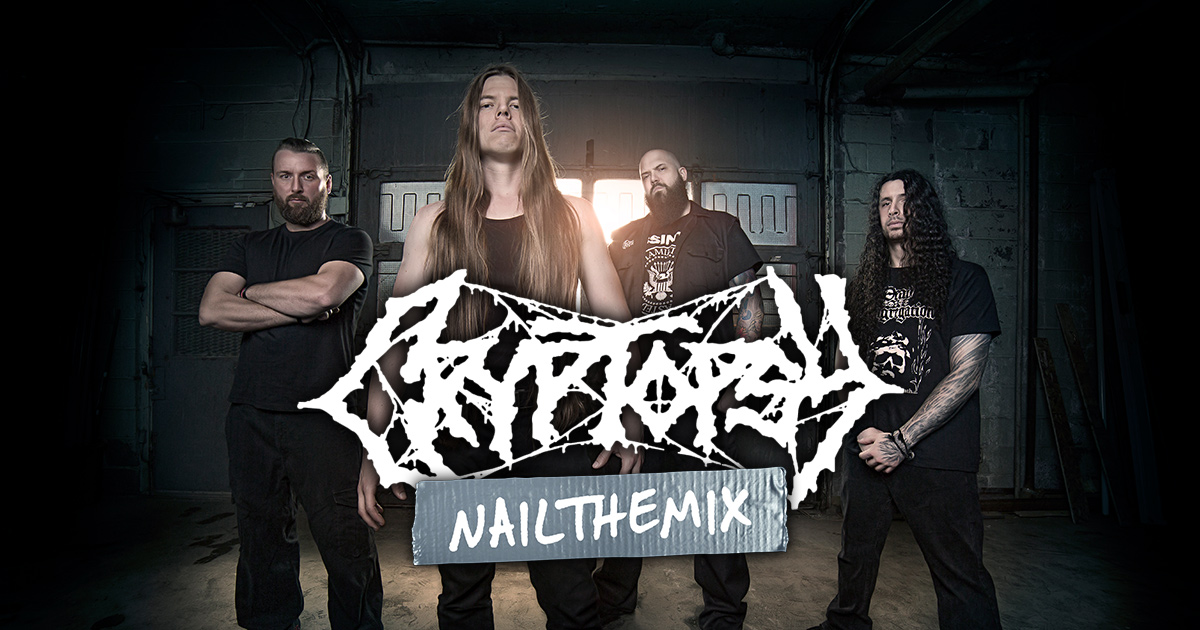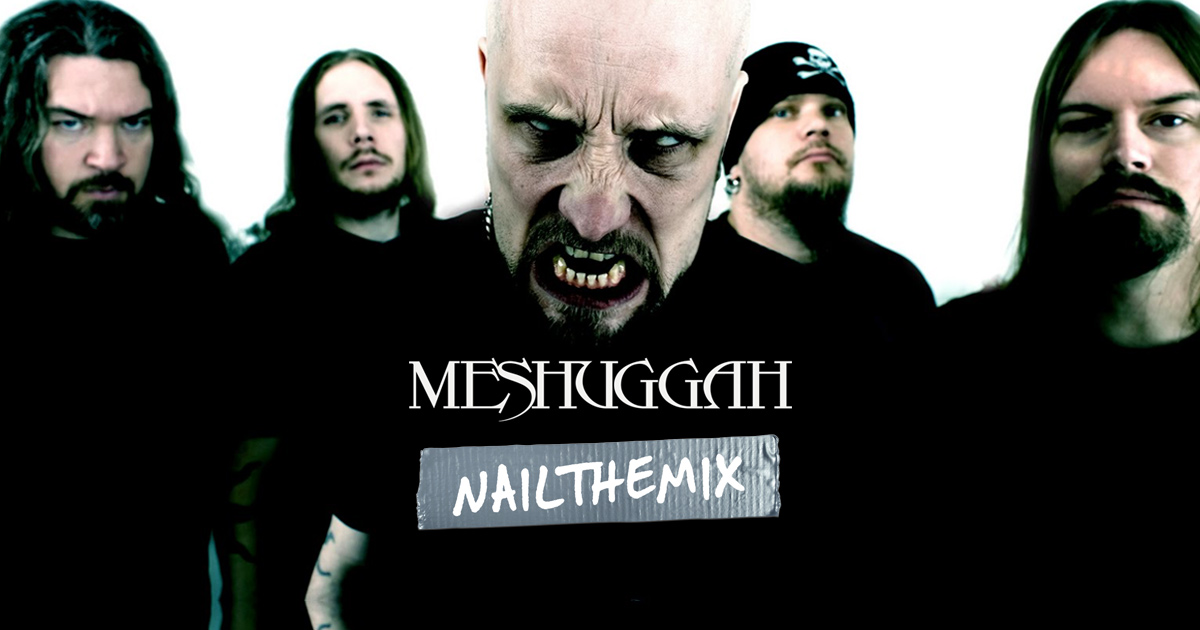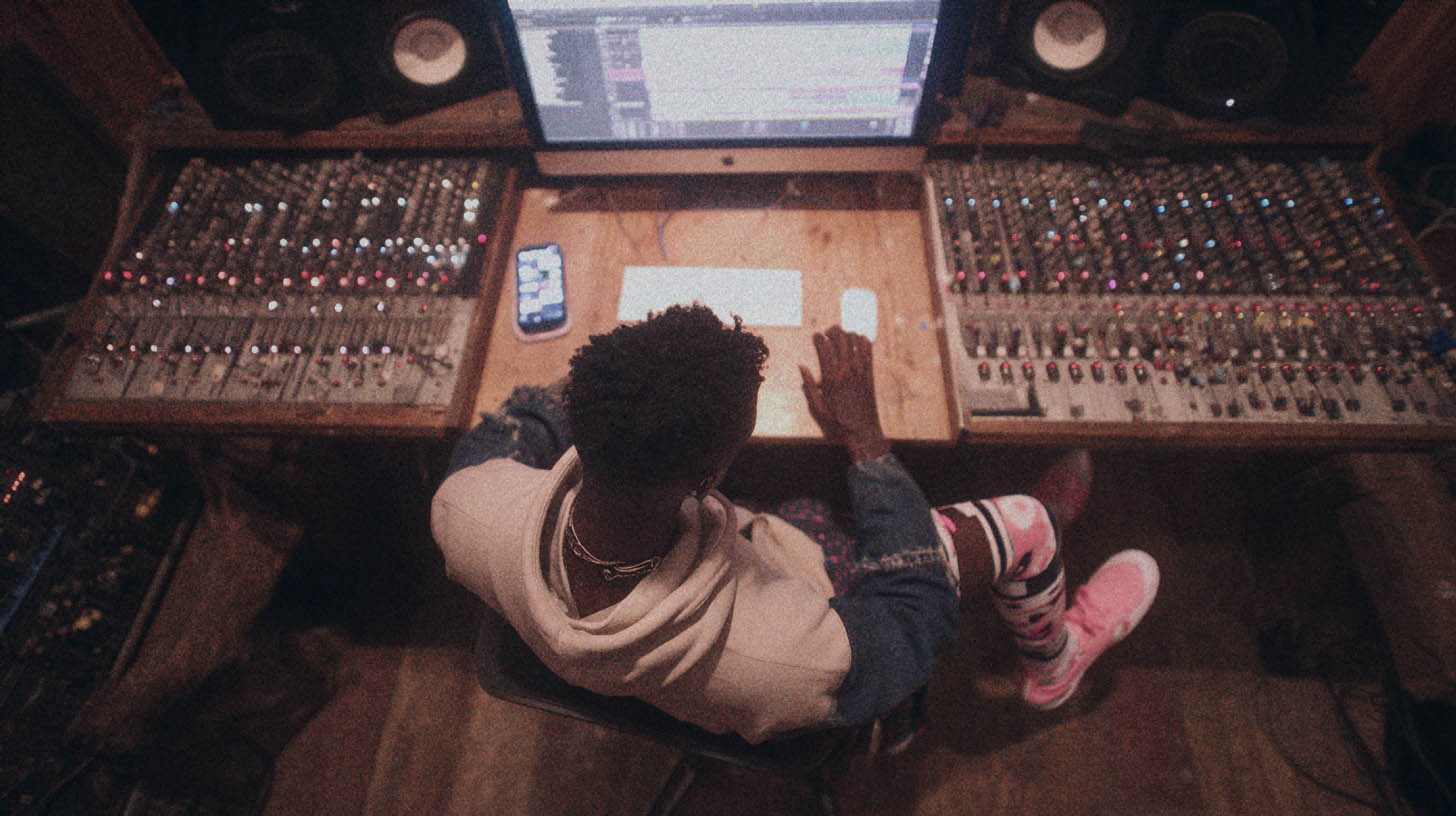
Mixing Super Aggressive Metalcore Vocals with Memphis May Fire
Nail The Mix Staff
We all know vocals can make or break a metalcore track. They need to be aggressive, clear, and sit perfectly on top of a dense wall of guitars and drums. So how do the pros get that polished-yet-raw sound? We’re diving into the vocal chain Kellen McGregor used for a massive Memphis May Fire song to show you how to mix vocals that are both super aggressive and perfectly controlled.
Forget just slapping a compressor and reverb on a channel. Kellen’s approach involves creating a web of sends, with each one adding a specific flavor or function. This gives him incredible control to craft a vocal that’s huge, dynamic, and full of character. Let’s break down the layers he uses to achieve that signature sound, which you can see in full in the Memphis May Fire Nail The Mix session.
Building the Vocal Foundation with Sends
Instead of loading up the main vocal track with a dozen plugins, the core of this technique relies on sends and busses. The main lead vocal is sent out to multiple auxiliary tracks, each with a unique effect. These effects are then blended back in with the dry vocal to taste. This method allows for parallel processing, giving you the power of heavily processed sounds without sacrificing the clarity of the original performance.
The Core Processing Sends
These are the foundational effects that shape the tone and dynamics of the lead vocal.
Parallel Compression for Unwavering Presence
For a huge chorus, you need the vocal to be powerful and consistent. The goal is to make it feel like a “straight line”dynamically, so every word cuts through. Kellen achieves this with parallel compression.
He sends the lead vocal to a bus with a very aggressive audio compressor set to a super-fast attack and fast recovery. This bus is being slammed, heavily reducing the dynamic range. Before the compressor, an EQ carves out some low end and problem frequencies (like a dip at 1.3kHz) and adds a bit of top end back in. This shaped, smashed signal is then blended back in underneath the main vocal. It adds thickness and sustain without making the vocal sound unnatural or squashed. This is a classic trick to get vocals to sit right on top of a mix and stay powerful.
Creating Width with a Tight Doubler
To give the vocal width and a larger-than-life feel, a doubler is essential. For this, the Soundtoys Micro Shift is the weapon of choice. The key is to keep it tight so it doesn’t sound washy or out of tune. This is done by setting the detune parameter to its lowest setting. Using one of the stock vocal presets (the third option is a good starting point) and then rolling off the high and low frequencies on the effect return ensures the doubler adds width without contributing unnecessary mud or fizz.
Adding “Air” and Raw Aggression with Saturation
This is a killer trick for adding that crispy, aggressive edge. Kellen creates a dedicated “Air” send using a saturation plugin like FabFilter Saturn 2. On this send, he isolates only the highest frequencies—everything from 10k and up—and applies saturation.
When blended in subtly, this adds a specific bite back into the vocal. It recreates that intense, almost “spittle” sound you hear when someone is yelling with a lot of emotion. Even after de-essing and EQing, using creative audio saturation brings back a controlled version of that raw energy, making the performance feel more visceral and immediate.
Crafting Space with Delays and Reverbs
Time-based effects are used strategically to give the vocals a sense of space and create interesting ambient textures that fill the gaps between vocal phrases.
A Trio of Delays for Depth and Movement
Not one, but three different delays are used, each for a specific purpose.
- Mono Slap Delay: A simple 1/8th note delay from a plugin like Soundtoys Echo Boy. This delay is heavily filtered to sound “telephony”—with all the lows and highs cut out. It’s used primarily on the screamed parts to give them a bit of extra vibe and rhythmic bounce without cluttering the mix.
- Stereo Ping-Pong Delay: This is the main vocal delay. It’s a classic ping-pong that’s ducked by the lead vocal. This means the delay’s volume is automatically lowered whenever the vocalist is singing and swells back up in the silence, keeping the vocal clear while still providing a sense of space.
- Long Ambient Delay: This is more of a special effect. It’s a longer delay that is also ducked heavily. When a vocal phrase ends, this long delay swells up, washed out with a shimmer reverb. This creates a cool, ambient tail that adds a professional-sounding pad-like texture to the track.
Targeted Reverbs for Glue and Dimension
Reverb is used sparingly and with purpose. A hall reverb from a plugin like VerbSuite is used primarily on the backing vocals and some of the screams to push them back in the mix and give them their own space. This is a great place to experiment with some of the best reverb plugins to find the right character. Additionally, a separate, short slap-style verb is used on the vocal doubles to make them sound like they were recorded in a room, helping them gel together.
Processing Harmonies and Backing Vocals
Harmonies and BGVs get a similar treatment but are EQ’d and compressed to sit around the lead.
EQ for Clarity and Separation
Since the guitars are already occupying a lot of the low-mid frequencies, the BGVs have that range carved out. To help with intelligibility, a boost around 4kHz is applied, while any harshness is tamed with a corresponding cut around 5kHz. Knowing how to EQ vocals like this is crucial for creating a clean, powerful mix where every layer has its place.
Intense Compression and Taming
To make the harmonies sound intense, they are hit hard with an 1176-style compressor using the famous “all buttons in” mode for an aggressive, explosive sound. Because this heavy compression can bring up harsh frequencies, it’s followed by a limiter to completely flatten the dynamics and then a plugin like Soothe to tame any of the high-end harshness or sibilance that was exaggerated. If you don’t have a dynamic resonance suppressor, a good de-esser can achieve a similar goal.
The Secret Weapon: The “Fake Low” Vocal
Here’s a subtle but powerful trick to add weight to the choruses. A send is created from the lead vocal track to a bus with Soundtoys Altar Boy. The pitch is dropped by a full octave, and the formant is also pitched down. The signal is then heavily filtered, cutting out all of the top end.
This creates a low, rumbling texture that follows the lead vocal melody. It’s not loud enough to be heard as a distinct harmony, but when you mute it, you’ll miss the warmth and thickness it provides. It’s an easy way to beef up a vocal without adding mud.
See It All in Action
Reading about these techniques is one thing, but seeing them dialed in from scratch is another level. Watching a pro producer like Kellen McGregor build this entire vocal chain, tweak every plugin, and make every decision in real-time is the kind of experience that can transform your mixes.
Memphis May Fire on Nail The Mix
Kellen McGregor mixes "Shapeshifter"
Get the Session
At Nail The Mix, you get to be a fly on the wall for exactly that. Every month, you get the real multitracks from a massive song and watch the original producer mix it from scratch, explaining their entire process. If you want to go beyond tutorials and presets, check out our full range of in-depth mixing courses, see the full Memphis May Fire mixing session, and truly learn how to mix music from the pros.
Get a new set of multi-tracks every month from a world-class artist, a livestream with the producer who mixed it, 100+ tutorials, our exclusive plugins and more
Get Started for $1






